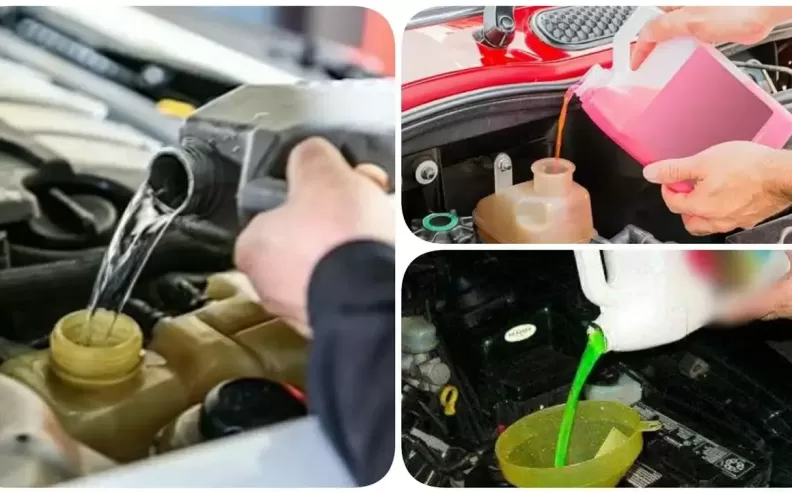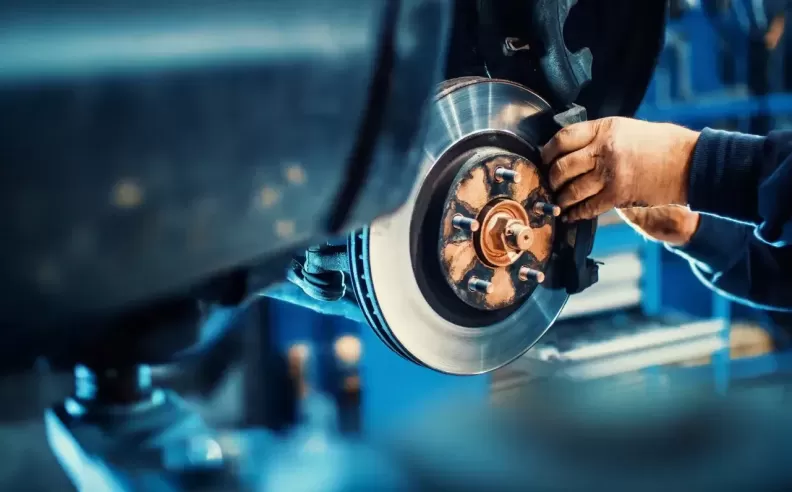
Brake safety is a must for any driver, especially with the hot weather and tough road conditions in Saudi Arabia and the UAE. Knowing how to check your brakes can save you money, keep your car in top shape, and protect you and your passengers. This guide walks you through simple steps to check your brake system at home without needing special tools.
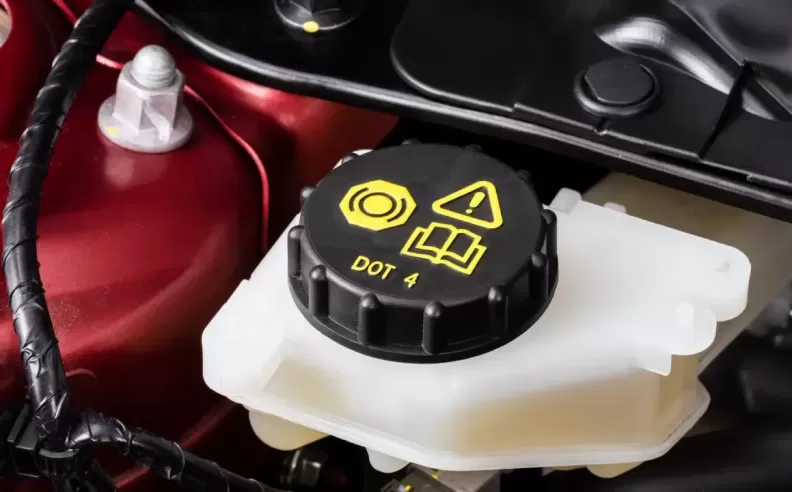
Start by opening your car’s hood and locating the brake fluid reservoir (it is usually clear with a cap marked Brake Fluid). Check the fluid level, which should be between the MIN and MAX marks. Low fluid might mean worn brake pads or a leak. Also, look at the fluid color. If it is dark or has dirt, it is time to replace it to maintain braking performance.
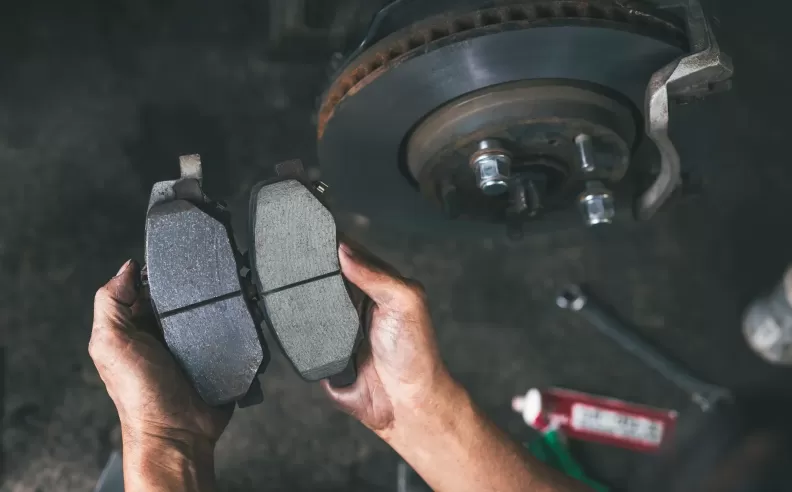
With the car parked, press the brake pedal firmly. It should feel solid, not overly soft. If it sinks slowly or feels spongy, there might be air in the system or a hydraulic leak. Listen for unusual noises like squealing or clicking, which can mean the pads are worn or the discs are damaged.
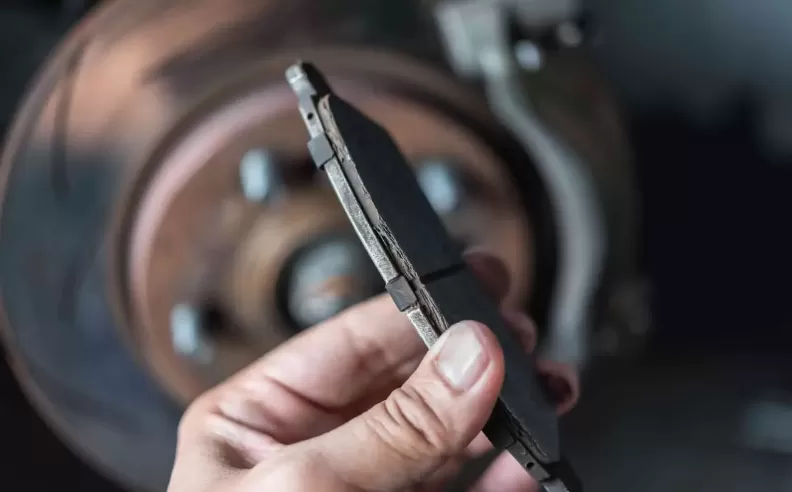
Look through the wheel gaps to see the brake pads. If they are thinner than 3 mm, replace them right away. Examine the discs for deep grooves or cracks, as these mean they need replacing or resurfacing. Regular visual checks can prevent costly repairs and sudden brake failure.
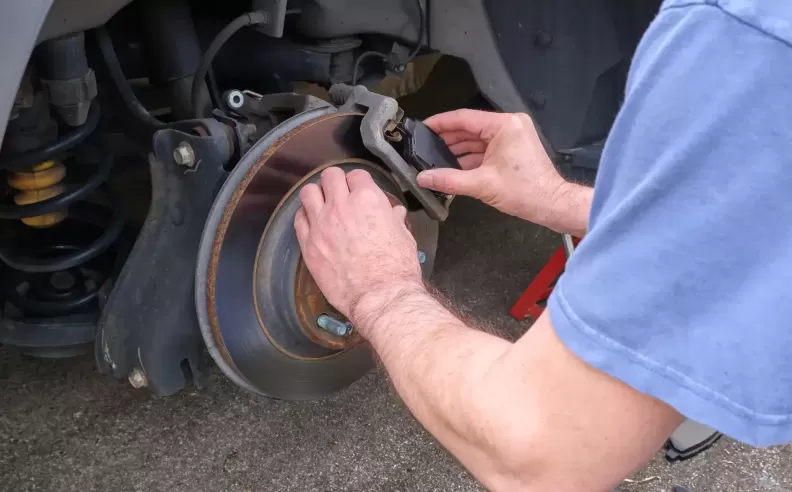
Take a short, safe drive and press the brakes gradually. If the car pulls to one side, one brake might not be working well. Steering wheel vibration during braking often means warped discs. Any unusual reaction during braking is a sign to get a full inspection immediately.
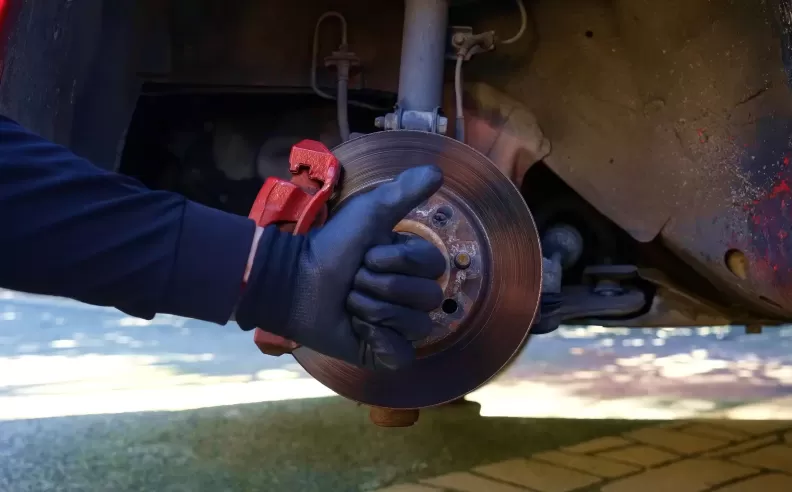
Check them every 10,000 km or during each oil change, especially if you drive in tough conditions. Never drive with worn pads, as this can damage the discs and lower your stopping power. Regular brake checks keep you safer and extend the life of your braking system.

Started my career in Automotive Journalism in 2015. Even though I'm a pharmacist, hanging around cars all the time has created a passion for the automotive industry since day 1.
